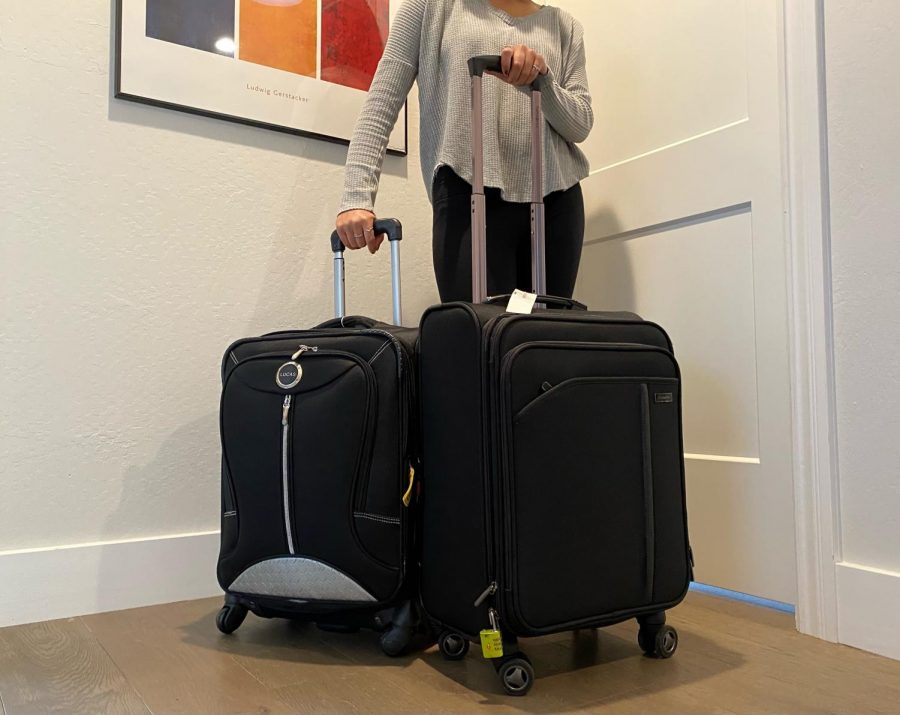With the Bay Area recently passing one million reported cases of COVID-19, health officials are concerned about a possible surge in coronavirus cases as people begin planning their holiday travels.
Health officers are planning to issue an advisory in advance of the holiday season that would urge people who travel to places with higher COVID-19 spread to quarantine for two weeks after returning or get a negative test result before going back to work or school.
As of Oct. 29, no decision has been made on the advisory, but some questions have risen like if travel will affect all of the Bay Area or just individual counties. Six Bay Area counties are involved in the discussion, Alameda, Contra Costa, Marin, San Francisco, San Mateo, and Santa Clara.
“The travel advisory would likely be a recommendation, not an order,” said Dr. Matt Willis, the Marin County health officer.
The Centers for Disease Control and Prevention stated that travel increases the chances of contracting and spreading Covid-19. Health officials are continuing to remind people that clusters of infected people are emerging from local gatherings.
“We’ve seen a great deal of community spread from household gatherings,” said Alex Azar, U.S. Health and Human Services Secretary.
Similar to Azar, many health officials are ruling that people need to use common sense and assess the circumstances the community could face to determine if they should be taking the risk and traveling over the holidays.
“This Thanksgiving break, I’m going to be traveling. To stay safe from coronavirus, I will be cautious. I will be getting tested for COVID-19 before and after I arrive and before and after I come home. As well as wearing a mask at all times during my flight and making sure to sanitize everything before I touch it,” said Teresa Vltavsky, a sophomore at Carlmont.
Vltavsky and others who choose to travel this holiday season are expected to be careful, follow the rules, and adapt easily to any plan changes caused by the pandemic.
All in all, Willis cautions people and their traveling endeavors. “Combined with the risk of coming indoors when the weather gets colder, as we try to return children to the classroom,” Willis said. “There’s a lot of factors coming together. And the last thing we need is people traveling outside to higher prevalence areas and bringing the virus back.”












